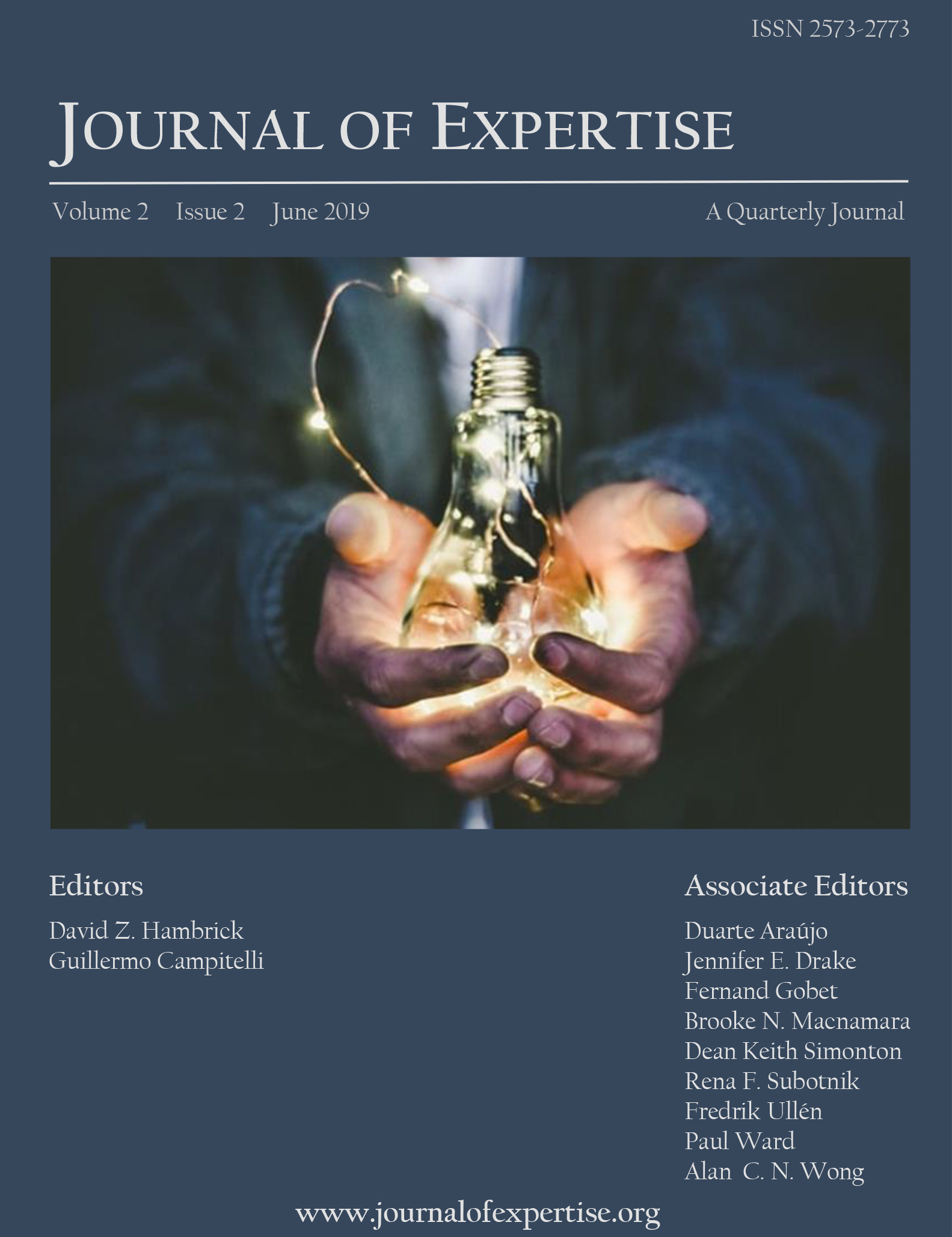Benjamin D. Jones 1, Lew Hardy 1, Gavin Lawrence 1, Ludmila I. Kuncheva 2,
Thomas Du Preez 1, Raphael Brandon 3, Peter Such 3, & Mo Bobat 3
1Institute for the Psychology of Elite Performance, Bangor University, 2School of Computer Science and Electronic Engineering, Bangor University, 3England and Wales Cricket Board
Research exploring the development of expertise has mostly adopted linear methods to identify precursors of expertise, assessing statistical differences between groups of isolated features (variables) by way of attaching importance; e.g., deliberate practice hours (Ericsson et al., 1993). However, confining the complex nature of expertise development to linear investigations alone may be overly simplistic. Consequently, to better understand the multidimensional and complex nature of expertise development, we applied (non-linear) pattern recognition analyses to a set of 93 features obtained from a sample of 15 elite (International) and 13 sub-elite (First Class County) cricket spin bowlers. Our study revealed that a subset of 12 developmental features, from a possible 93, discriminated between the elite and sub-elite groups with very good accuracy. The 12-feature subset forms a holistic development profile, reflecting the elite’s earlier engagement in cricket, greater quantity of domain-specific practice and competition, and superior adaptability to new levels of competition. Evidence for the external validity of this new model is offered by its ability to correctly classify data obtained from 5 unseen spin bowlers with 100% accuracy. After consideration of these quantitative findings, the content of qualitative data provided by the cricketers was subsequently analyzed to obtain a deeper understanding of the features that discriminate between the elite and sub-elite groups. Supplemental online material is provided here: https://www.journalofexpertise.org/articles/volume2_issue2/JoE_2019_2_2_Jones_SM.pdf

